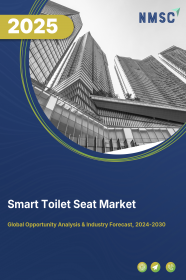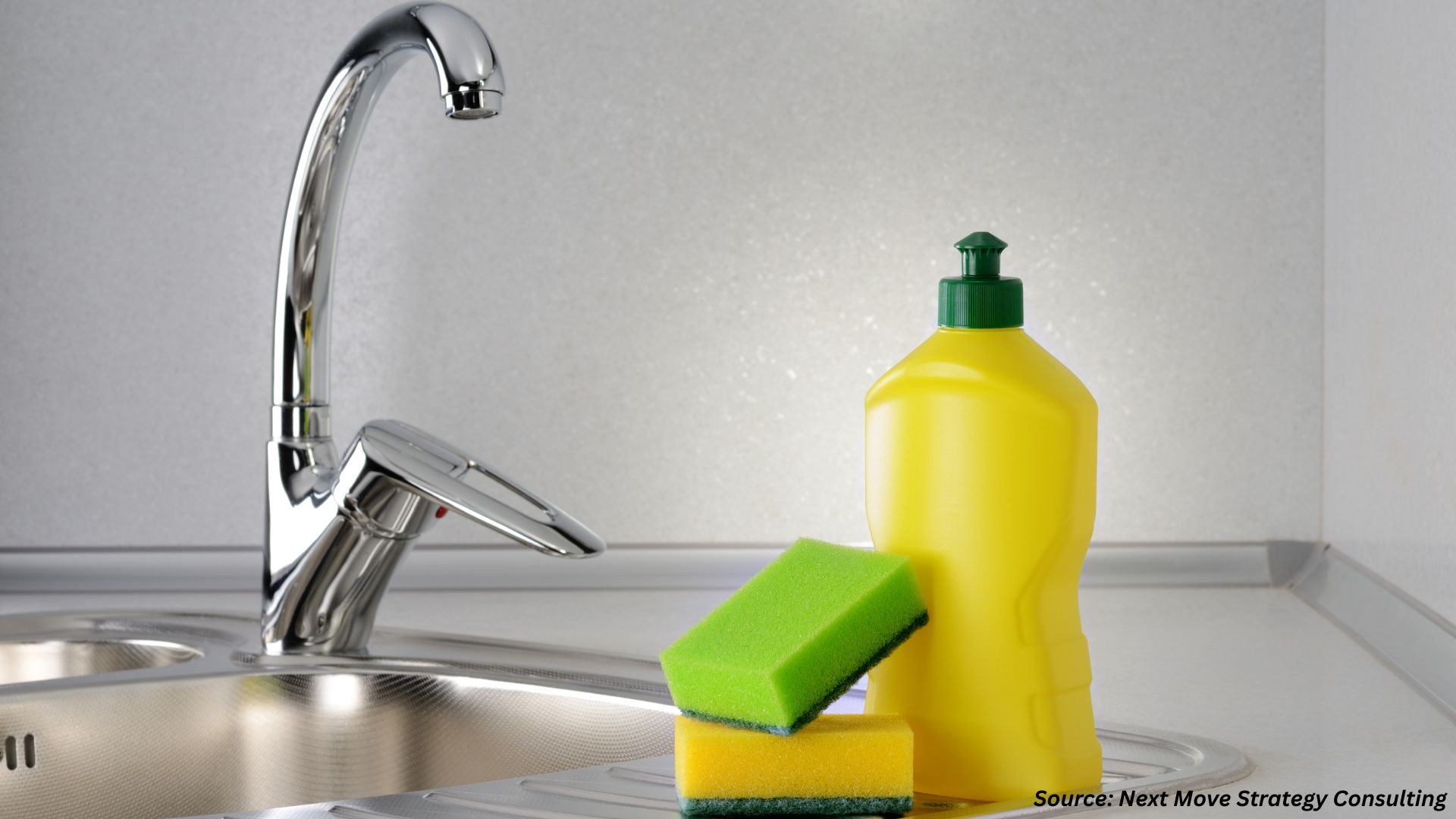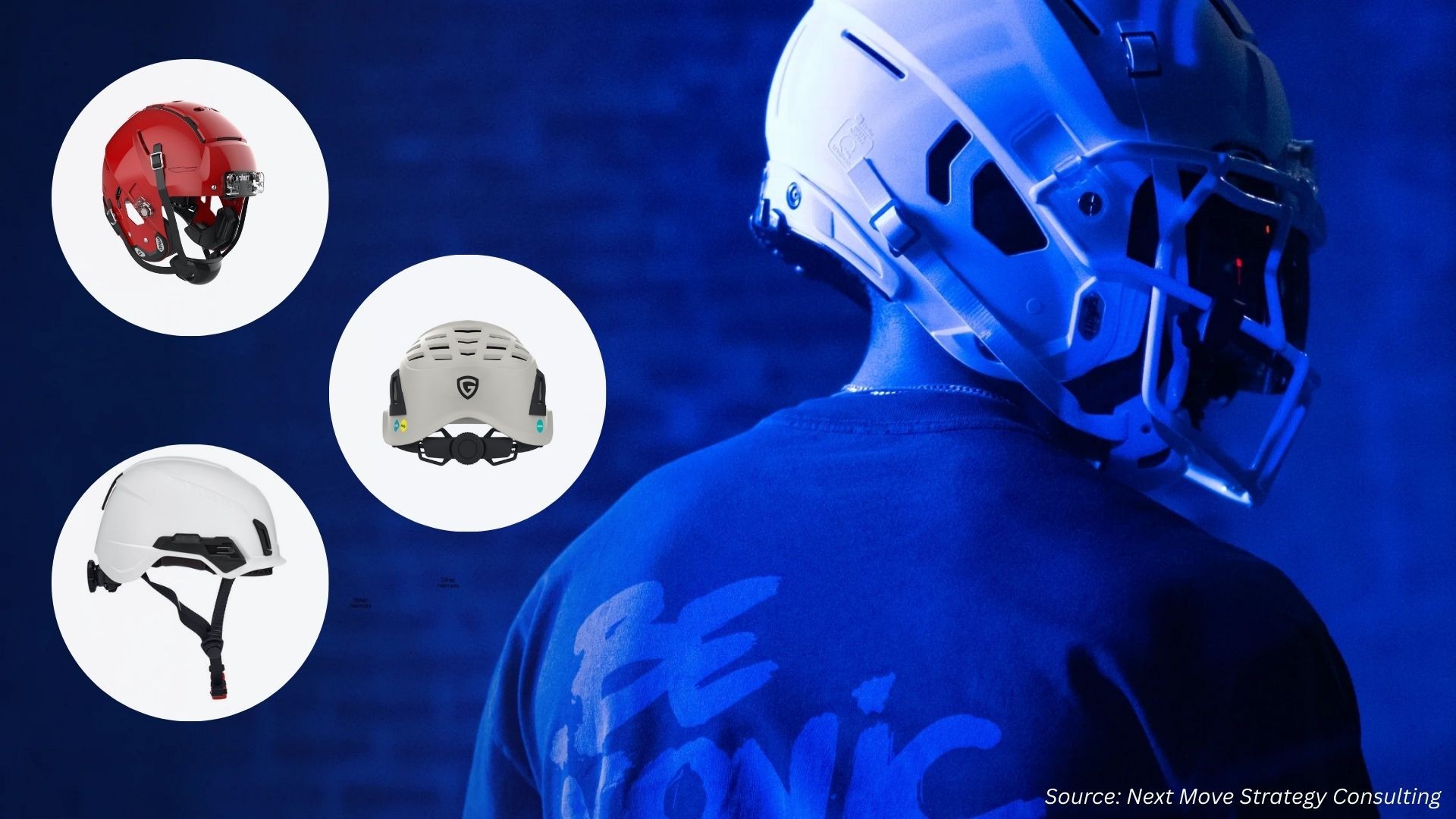
Smart Toilet Seat Market by Bowl Shape (Elongated, Oval, Square, and Others), by Material (Plastic, Wood, Ceramic, Urea Moldings Compound, and Others), by Cover Type (Storage Heating and Instantaneous Heating), by Function (Cleansing, Nightlight, Heated Seat, Deodorizing Seat, and Others), by Connectivity (Remote Control, Mobile Phones, and Others) and Others- Global Opportunity Analysis and Industry Forecast 2024-2030
Smart Toilet Seat Market Overview
The Smart Toilet Seat Market size was valued at USD 5.5 billion in 2023 and is predicted to reach USD 10.9 billion by 2030 with a CAGR of 10.1% from 2024-2030.
A smart toilet seat serves as a crucial element of bathroom sanitation and offers a comfortable bathroom experience. It represents an upgraded version of a traditional toilet seat, integrating various features and technologies to enhance user comfort and hygiene.
These features typically include a heated seat, bidet functionality, adjustable water pressure and temperature settings, air drying capabilities, deodorizing mechanisms, a built-in Bluetooth speaker, automatic flushing, and a nightlight. Smart toilet seats contribute to improved personal hygiene, with features like heated seats and adjustable water pressure and temperature ensuring enhanced comfort during toilet use.
Additionally, smart toilet seats often come with remote controls or smartphone apps, allowing users to conveniently customize settings according to their preferences. These advanced features align with evolving consumer preferences for modern, high-tech bathroom solutions, making smart toilet seats a desirable addition to contemporary bathrooms.
Market Dynamics and Trends
Growing urbanization, along with increasing demand for smart homes across the globe, is driving the growth of the market. For instance, the smart home appliances market reached USD 52.6 billion, and it is anticipated to reach USD 68.7 billion by 2025.
As urban populations continue to rise and consumers increasingly seek convenience, efficiency, and connectivity in their homes, the demand for smart home solutions is expected to rise, catering to the evolving needs and preferences of modern homeowners worldwide.
Furthermore, the increasing disposable income in numerous countries, coupled with the growing demand for luxury and convenience, is further driving the growth of the smart toilet seat market.
For instance, in 2024, the disposable income in Switzerland reached USD 39,697, while in Luxembourg, it reached USD 49,860, and in Australia, disposable income reached USD 42,547, allowing consumers to have more purchasing power to invest in smart products including smart toilet seats.
However, people's reluctance to switch from conventional toilets to smart toilets is a major factor restraining the growth of the smart toilet seats market. On the contrary, the introduction of self-cleaning and flushing toilet seats is anticipated to create ample opportunities in the coming years. With the advancements in technology, these innovative features offer enhanced convenience and hygiene, addressing some of the common concerns associated with traditional toilets.
Market Segmentations and Scope of the Study
The smart toilet seat market report is segmented on the basis of bowl type, material, cover type, function, connectivity, distribution channel, end-user, region. On the basis of bowl type, the market is divided into elongated, oval, square, and others. On the basis of material, the market is classified into plastic, wood, ceramic, urea moldings compound, and others. On the basis of cover type, the market is segmented into storage heating and instantaneous heating. On the basis of function, the market is divided into cleansing, nightlight, heated seat, deodorizing seat, and others. On the basis of connectivity, the market is divided into remote control, mobile phones, and others. On the basis of distribution channel, the market is segmented into online and offline. On the basis of end-user, the market is segmented into households, hospitals, commercial, industrial, and others. Regional breakdown and analysis of each of the aforesaid segments include regions comprising of North America, Europe, Asia-Pacific, and RoW.
Geographical Analysis
Europe holds the dominant share of the smart toilet seat market and is expected to continue its dominance during the forecast period. This is attributed to factors such as the presence of numerous developed countries and rising urbanization this region.
According to the latest report published by the Central Intelligence Agency, Europe stands out as one of the most developed regions globally. In countries such as the UK, the urban population reached 87.8%, while, in France, it reached 81.8% in 2023, indicating the strong economic foundation, advanced infrastructure, and opportunities for growth and expansion opportunities in the region.
Moreover, the increasing prevalence of smart homes in this region is fueling the market's growth. As more households adopt smart home technology, the demand for smart appliances and fixtures, such as smart toilets, is on the rise.
For example, in Europe, the number of smart homes surpassed 80 million in 2022, and it is projected to continue growing at a substantial pace. This surge in smart home adoption reflects a growing preference for connected and automated living spaces, driving the need for advanced amenities including smart toilets across Europe.
On the other hand, North America is expected to show a steady rise in the growth of the smart toilet market driven by the rising disposable income in the region. For example, the U.S. leads the global economy, with disposable income reaching USD 51,147 in 2023-24, positioning the region as a key market for smart toilet manufacturers and vendors.
Moreover, the presence of key players such as Kohler Co and Masco Corporation plays a major role in the development of the smart toilet seats market in this region. For instance, in December 2022, Kohler launched a new smart toilet named Numi 2.0. The new toilet featured wireless speakers, a heated seat with hands-free closing & opening of seat, and a pairable remote with KOHLER Konnect app for mood lighting.
Competitive Landscape
Various market players operating in the smart toilet seat industry include Toshiba Electronic Devices & Storage Corporation, Brondell Inc., Jomoo Kitchen & Bath Co. Ltd., LIXIL Group Corporation, Huida Sanitary Ware Co.Ltd, Lotus Hygiene Systems Inc., Bio Bidet, Duravit AG, TOTO LTD, Kohler Co, Roca Sanitario, Panasonic Corporation, Villeroy & Boch AG, Masco Corporation, Bradley Corporation, and others. These market players are adopting various strategies such as product launches to remain dominant in the market.
For instance, in February 2022, Brondell launched the thinnest luxury bidet toilet seat ‘Swash Thinline’. The new smart toilet seat featured a remote control, a heated seat, and a deodorizer to enhance the bathroom experience.
Moreover, in July 2021, Roca introduced its latest innovation, the in-wash smart toilet seat. The new smart toilet features a compact design, a retractable nozzle, and a powerful flush to enhance hygiene and user experience.
Furthermore, in March 2021, Panasonic launched its new electric toilet seats. The new toilet seat featured the latest antibacterial seat technology that ensures personal hygiene and safety and a unique 3D curve seat along with an electric bidet for more comfort.
Key Benefits
-
The report provides quantitative analysis and estimations of the smart toilet seat market from 2024 to 2030, which assists in identifying the prevailing market opportunities.
-
The study comprises a deep-dive analysis of the smart toilet seat market including the current and future trends to depict prevalent investment pockets in the market.
-
Information related to key drivers, restraints, and opportunities and their impact on the smart toilet seat market is provided in the report.
-
A competitive analysis of the players, along with their market share is provided in the report.
-
SWOT analysis and Porter's Five Forces model is elaborated in the study.
-
Value chain analysis in the market study provides a clear picture of roles of stakeholders.
Smart Toilet Seat Market Key Segments
By Bowl Shape
-
Elongated
-
Oval
-
Square
-
Others
By Material
-
Plastic
-
Wood
-
Ceramic
-
Urea Mouldings Compound
-
Others
By Cover Type
-
Storage Heating
-
Instantaneous Heating
By Function
-
Cleansing
-
Nightlight
-
Heated Seat
-
Deodorizing Seat
-
Others
By Distribution Channel
-
Online
-
Offline
By Connectivity
-
Remote Control
-
Mobile Phones
-
Others
By End-User
-
Households
-
Hospitals
-
Commercial
-
Industrial
-
Others
By Region
-
North America
-
The U.S.
-
Canada
-
Mexico
-
-
Europe
-
The UK
-
Germany
-
France
-
Italy
-
Spain
-
Denmark
-
Netherlands
-
Finland
-
Sweden
-
Norway
-
Russia
-
Rest of Europe
-
-
Asia-Pacific
-
China
-
Japan
-
India
-
South Korea
-
Australia
-
Indonesia
-
Singapore
-
Taiwan
-
Thailand
-
Rest of Asia-Pacific
-
-
RoW
-
Latin America
-
Middle East
-
Africa
-
REPORT SCOPE AND SEGMENTATION:
|
Parameters |
Details |
|
Market Size in 2023 |
USD 5.5 Billion |
|
Revenue Forecast in 2030 |
USD 10.9 Billion |
|
Growth Rate |
CAGR of 10.1% from 2024 to 2030 |
|
Analysis Period |
2023–2030 |
|
Base Year Considered |
2023 |
|
Forecast Period |
2024–2030 |
|
Market Size Estimation |
Billion (USD) |
|
Growth Factors |
|
|
Countries Covered |
28 |
|
Companies Profiled |
15 |
|
Market Share |
Available for 10 companies |
|
Customization Scope |
Free customization (equivalent up to 80 working hours of analysts) after purchase. Addition or alteration to country, regional, and segment scope. |
|
Pricing and Purchase Options |
Avail customized purchase options to meet your exact research needs. |
Smart Toilet Seat Market Key Players
-
Toshiba Electronic Devices & Storage Corporation
-
Brondell Inc.
-
Jomoo Kitchen & Bath Co. Ltd.
-
LIXIL Group Corporation
-
Huida Sanitary Ware Co. Ltd
-
Lotus Hygiene Systems Inc.
-
Bio Bidet
-
Duravit AG
-
TOTO LTD
-
Kohler Co
-
Roca Sanitario
-
Panasonic Corporation
-
Villeroy & Boch AG
-
Masco Corporation
-
Bradley Corporation




















 Speak to Our Analyst
Speak to Our Analyst

























